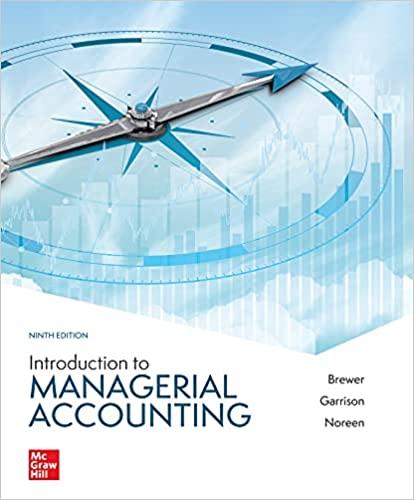





 this is all one question please help
this is all one question please help
The Equitee Corporation was incorporated on January 2, 2019, with two classes of share capital: an unlimited number of common shares and $3 cumulative non-voting preferred shares with an authorized limit of 50,000. During the first year of operations, the following transactions occurred: Text 1. The company issued 3,100 preferred shares for a total of $65,100 cash, and 10,800 common shares for $25 per share. 2. It issued 3,400 common shares in exchange for a parcel of land with an estimated fair market value of $85,000. 3. The company had sales of $1,076,000 and incurred operating expenses of $900,000 during the year. 4. No dividends were declared during the first year of operations. During the second year of operations, the following transactions occurred: 5. In November, the company's board of directors declared cash dividends sufficient to pay a dividend of $4 on each common share. The dividends were payable on December 14. (Hint: Remember that no dividends can be paid on the common shares until the dividends in arrears and the current dividends on the preferred shares are paid.) 6. In December, the cash dividends from November were paid. 7. In December, the board of directors declared and distributed a 10% stock dividend on the common shares. The estimated market value of the common shares at the time was $24 per share. 8. The company had sales of $1,200,000 and incurred $1,025,000 in operating expenses during the second year. Prepare journal entries to record the above transactions, including closing entries for net income and dividends declared in transactions 3,5,7, and 8. (Credit account titles are automatically indented when the amount is entered. Do not indent manually. Ifr entry is required, select "No Entry" for the account titles and enter for the amounts.) Account and explanation Debit Credit No. Year 1 1. 2. 3. (To close revenue account.) (To close expense account.) (To close net income) (To close revenue account.) (To close expense account.) (To close net income.) 4. Year 2 5. (To record dividends declared on preferred shares.) (To record dividends declared on common shares.) Year 2 5. (To record dividends declared on preferred shares.) (To record dividends declared on common shares.) 6. 7. (To record stock dividends declared.) (To record stock dividends distributed.) 8. (To record stock dividends distributed.) 8. (To close revenue account.) (To close expense account.) (To close net income.) (To close dividends declared.) Use a spreadsheet or table format like the one in the first practice problem to track the changes in all of the shareholders' equity accounts over the two-year period. (If an amount reduces the account balance then enter with negative sign, e.g.-15,000 or in parenthesis, e.g. (15,000).) Preferred Shares Common Shares Shares issued Shares issued Net income 2019 Pref. dividends Common dividends Stock dividends Net income 2020 Prepare the shareholders' equity section of the statement of financial position at the end of the second year. Equitee Corporation Shareholders' Equity December 31, 2020 Prepare the shareholders' equity section of the statement of financial position at the end of the second year. Equitee Corporation Shareholders' Equity December 31, 2020 $ $ e Textbook and Media List of Accounts Save for Later Attempts: 0 of 2 used Submit






 this is all one question please help
this is all one question please help





